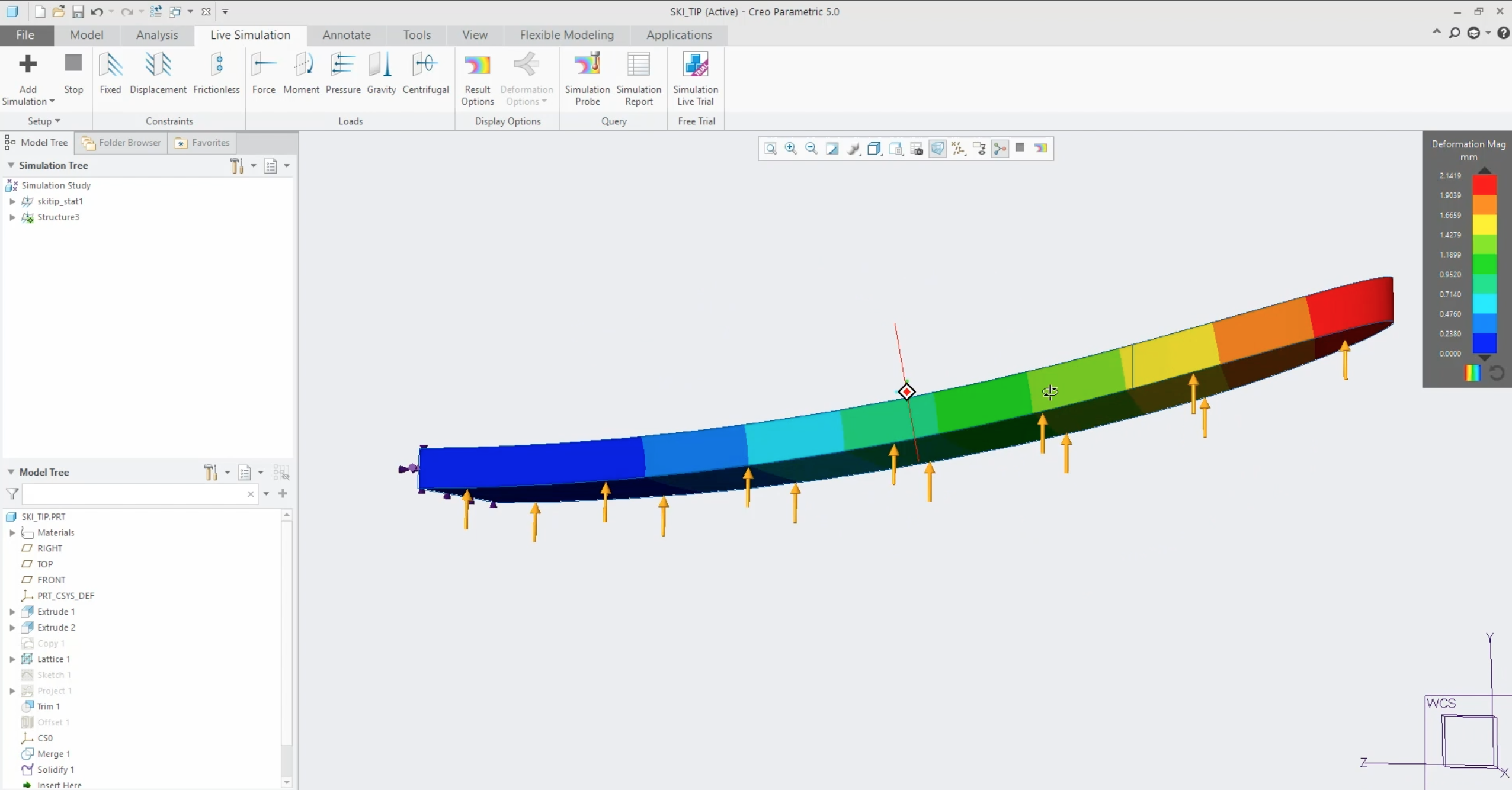Simulation is typically used almost like a final validation step after the design is practically complete and manufacturing tooling costs may have already been committed. This situation is not a vision of simulation-driven design that the industry has been striving to achieve, but it is the reality of how many companies work.

What are the barriers to simulation today?
With standard industry processes, there are barriers to simulation being used as an integral part of the design process today. The first is that engineers often don’t feel like they have the training or expertise that they need to run simulations in the design process. They may need to consult an expert within their organisation, and that expert is already likely to have a backlog of work stacked up.For that expert, the initial task is usually to work out how to simplify the CAD geometry so that simulation will run in a reasonable time, but still provide a valid answer. Again, this stage introduces delays into the process.
Additionally, the design process is an iterative one, where multiple ‘what-if’ scenarios are explored and considered before reaching the ultimate design definition. Ideally, the design engineer would like to use simulation in real-time as the design progresses through those multiple iterations. But this would take too long add extra delays to the process; it’s disruptive and inefficient.
Despite these barriers, simulation has clear benefits
Most people would agree that simulation has an essential role in the design process because it:- Provides a better understanding of product performance
- Reduces development cycles and decrease time-to-market
- Reduces time and cost associated with physical prototypes
- Reduces warranty liabilities over time
These are the reason why many engineering and manufacturing companies have already invested in simulation capabilities - even if barriers to simulation-driven design exist.
Breaking down the barriers with Creo Simulation Live
Creo Simulation Live is the first product released as part of the PTC & Ansys partnership. It’s a real-time integration of simulation and engineering capabilities - a gamechanger in terms of the value that it delivers because it delivers almost instant feedback to the design engineering community. Creo Simulation Live gives engineers fast and easy to use simulation, fully integrated into the Creo Parametric environment.Many of you will already be familiar with Creo Simulate. This tool is different from Creo Simulation Live, focusing on final validation and high fidelity analysis. It is a complementary capability.
Creo Simulation Live delivers a simulation tool, which is fast, accurate and easy to use. The tool eliminates the wait time typically associated with the simulation process and makes it practical to use simulation throughout the concept and design phases.